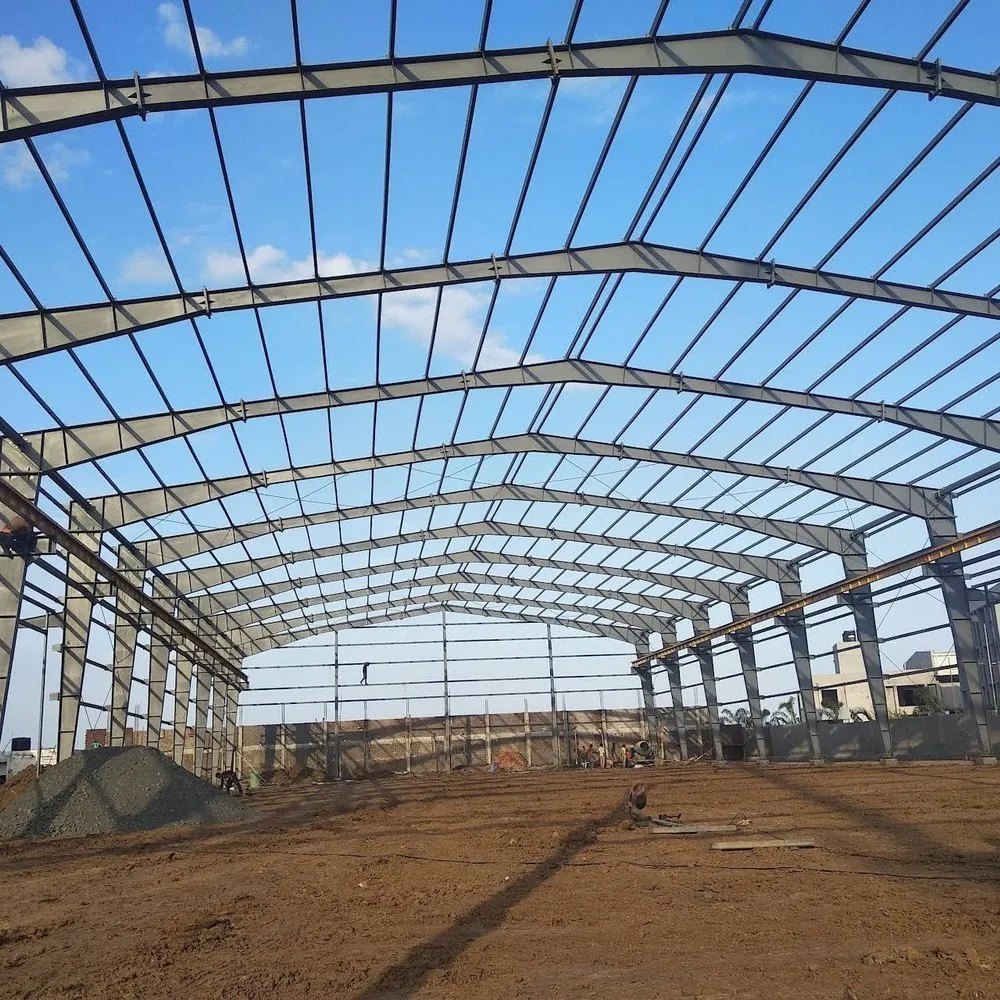
Permit Process for Line 5 Pipeline in Michigan is Fast-Tracked

The U.S. Army Corps of Engineers is accelerating review of a plan to build the Great Lakes Tunnel, a 4-mile-long tunnel that would enclose twin oil and gas pipelines along the bottom of the Straits of Mackinac in Michigan.
The April 15 decision comes in response to President Donald Trump’s executive order Jan. 20 which declared a national energy emergency and directed federal agencies to identify energy infrastructure projects for fast-tracking of permitting from the Corps and the U.S. Environmental Protection Agency.
The notice from the Corps’ Detroit District said fast-tracked permitting is needed for Line 5 “to address an energy supply situation which would result in an unacceptable hazard to life, a significant loss of property, or an immediate, unforeseen, and significant economic hardship if corrective action requiring a permit is not undertaken.”
The 645-mile pipeline extends between Superior, Wis., and Sarnia, Ontario. Canadian oil giant Enbridge is seeking to rebuild the section crossing the Straits of Mackinac, and is proposing to replace a pair of 20-in.-dia pipes resting on the lake bottom with a single 30-in.-dia pipe inside a concrete-lined tunnel below the lakebed.
Under an expedited time frame a draft of the Environmental Impact Statement (EIS) is expected to be published for public comment in June rather than in 2026 as previously planned, according to Carrie Fox, spokesperson for the corps’ Detroit District.
She said the district has not yet determined the length of the public comment period, but that a 15-day public period is the standard timeframe for energy projects reviewed under emergency processing procedures in Michigan.
Fox said the district is coordinating with Enbridge on the timeline and will dedicate additional resources to expedite the schedule.
Megan Wittman, deputy press secretary for the Sierra Club, an environmental group which opposes the project, said shortening a public comment period that is usually at least 45 days to 15 days “would impede public participation.”
She also questioned whether the project is an emergency at all.
“The sham energy emergency issued by Trump is being used as a way to rush this dangerous project forward,” she said. “It’s a bit hard to know exactly what the process will look like here, but the public notice says the district will use special processing procedures.”
Noting that the U.S. is already the largest oil producer and gas exporter in the world, Mahyar Sorour, director of Beyond Fossil Fuels for the Sierra Club, said “the only energy emergency the American people face is Trump’s efforts to disregard clean air and water safeguards to rush through dirty, dangerous fossil fuel projects.”
Enbridge spokesperson Ryan Duffy called the project “critical energy infrastructure” and noted that the company has been waiting a long time for approvals.
“Enbridge submitted its permit applications to state and federal regulators five years ago—in April 2020—for the Great Lakes Tunnel, a project designed to make a safe pipeline safer while also ensuring the continued safe, secure, and affordable delivery of essential energy to the Great Lakes region,” he said in a statement.
He also said the state of Michigan issued its environmental permits for the tunnel project in 2021 and that the Michigan Public Service Commission approved placing the new pipeline segment in 2023.
In February, a panel of state appeals court judges in Michigan upheld a permit issued by the state Public Service Commission allowing Enbridge to replace the pipeline.
“The project still awaits action by the U.S. Army Corps of Engineers on an environmental impact statement and a permitting decision,” Duffy said. “Earlier this year, Enbridge re-applied for its state environmental permits which are set to expire in early 2026.”
It was estimated in 2018 that the project would cost $500 million. Duffy did not provide an updated estimate.
The Great Tunnel project is opposed by Michigan Gov. Gretchen Whitmer (D), and state Attorney General Dana Nessel, who also would like to see the pipeline shut down completely.
Nessel argued in January before Judge James S. Jamo of the Ingham County Circuit Court that the 1953 easement that authorized the location of Line 5 has been invalid since its inception because it violates the Public Trust Doctrine, and that the presence of the pipelines in the straits violates the Michigan Environmental Protection Act and constitutes a public nuisance.
“Line 5 has long been operating in the Straits on an invalid easement, posing a significant threat to the people of this state and our environment,” Nessel said. “After more than five years, I’m glad we finally had this opportunity to present our case on behalf of the People of Michigan and our Great Lakes in state court.”
At the conclusion of the hearing, the judge said he would issue a written opinion, but did not specify when.
Post a Comment
You must be logged in to post a comment.





